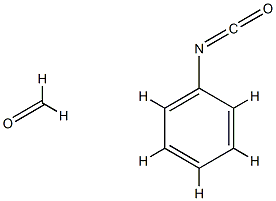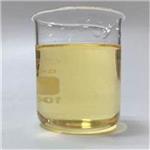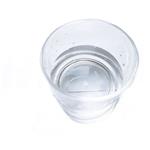Polymethylene polyphenyl polyisocyanate is a chain extender and a cross-linker that is used in the formation of a polyurethane system by forming amide linkages (?NCO).
Poly[methylene(polyp?henyl Isocyanate)?] is an engineering polymer used in the synthesis of highly resiliant polyurethane foams with flame retardancy.Environmental toxin on US EPA Toxic Release Inventory list (TRI) list.
A polymer of diphenylmethane-4,4′-diisocyanate.
Polymethylene polyphenyl polyisocyanate can be used as a cross-linker to DNA and CTMA based films for the fabrication of biomaterials for organic electronic devices. It can be used in the formation of polyurethane based materials for non-linear optical applications.
Dark-brown liquid with a weak odor. Sinks in water.
Reacts with water slowly forming heavy scum and liberating carbon dioxide gas. Dangerous pressure can build up if container is sealed.
Polymethylene polyphenyl polyisocyanate reacts with water slowly forming heavy scum and liberating carbon dioxide gas. Dangerous pressure can build up if container is sealed. Base-catalysed reactions of isocyanates with alcohols should be carried out in inert solvents. Such reactions in the absence of solvents often occur with explosive violence [Wischmeyer 1969].
Inhalation causes breathlessness, chest discomfort, and reduced pulmonary function; wheezing, cough, and sputum may also occur. Contact with liquid irritates eyes and skin. Ingestion causes irritation of mouth and stomach.
Behavior in Fire: Containers may explode.
Moderately toxic by
ingestion. Mildly toxic by inhalation.
Questionable carcinogen with experimental
neoplastigenic data by implant route. When
heated to decomposition it emits toxic
fumes of NOx.
The initial threshold screening level (ITSL) for polymeric methylene diphenyl diisocyanate is 0.6 μg/m3 based on an annual averaging time.



